Plate Processing Company
Advantages of Heavy Plate Beveling in Engineering Designs
Advantages of Heavy Plate Beveling in Engineering Designs
Heavy steel plates are commonly used in the construction of big equipment and buildings such as storage tanks, pressure vessels, boilers, and ship hulls. However, directly welding thick flat plates results in gaps and misalignments. This decreases the final structure's strength and stiffness.
That's where heavy plate beveling in Houston’s industry comes in: it cleverly shapes joining edges so heavy plates may fuse firmly with excellent welds. Let's look at what heavy plate beveling is and how it helps engineers build durable equipment.

Understanding Heavy Plate Beveling in Houston
Beveling involves the precision cutting of thick steel plates, often over 1 inch thick, to create a grooved, slanted edge that enables flush welding with another equally angled steel plate.
Based on the type of joint needed - like Tee, Corner, Butt joints - plates can be beveled into various shapes, using bevel machines.
The two sharped plates then fit perfectly, allowing automatic or manual welds to penetrate deeper with full fusion to construct assemblies like heavy pressure pipelines, oil storage tanks, offshore equipment, etc.
How Do Bevels Work in Engineering?
In engineering, bevels are used to change the shape or configuration of a material or component in order to perform certain functions or meet design specifications. They serve a variety of functional objectives in engineering applications, such as reducing stress by removing sharp corners or edges and providing extra clearance for adjacent parts, allowing for appropriate fit, movement, or clearance in mechanical systems.
Bevels are also used in engineering items for aesthetic and safety reasons. Relieving sharp edges can improve the appearance of a product and make it appear more carefully designed. The removal of sharps offers obvious safety advantages.
Advantages of Using Bevels in Engineering Design
When bevels are used in engineering designs, they provide context-sensitive advantages. The following are some of the advantages:
- Reduce tension in components by removing sharp corners or edges that are prone to wear and damage.
- Ease component assembly, providing for easier part insertion and alignment.
- Improves weld quality and strength to allow for deeper penetration, greater fusion, and a stronger junction.
- Affects the strength and functional/cosmetic durability of components.
- Adds a sense of craftsmanship and finish to part designs.
- Sharpness is eliminated, lowering the risk of injury and damage to other objects caused by sliding contact and pinching.
The heavy metal industry in Houston relies on service providers for heavy plate beveling in Houston before beginning any heavy equipment fabrication. Beveling enables the design of structures with dependable welded joints that can endure harsh industrial loads and conditions. The next time your project includes large steel pieces, make sure to start with precision bevel cuts.


